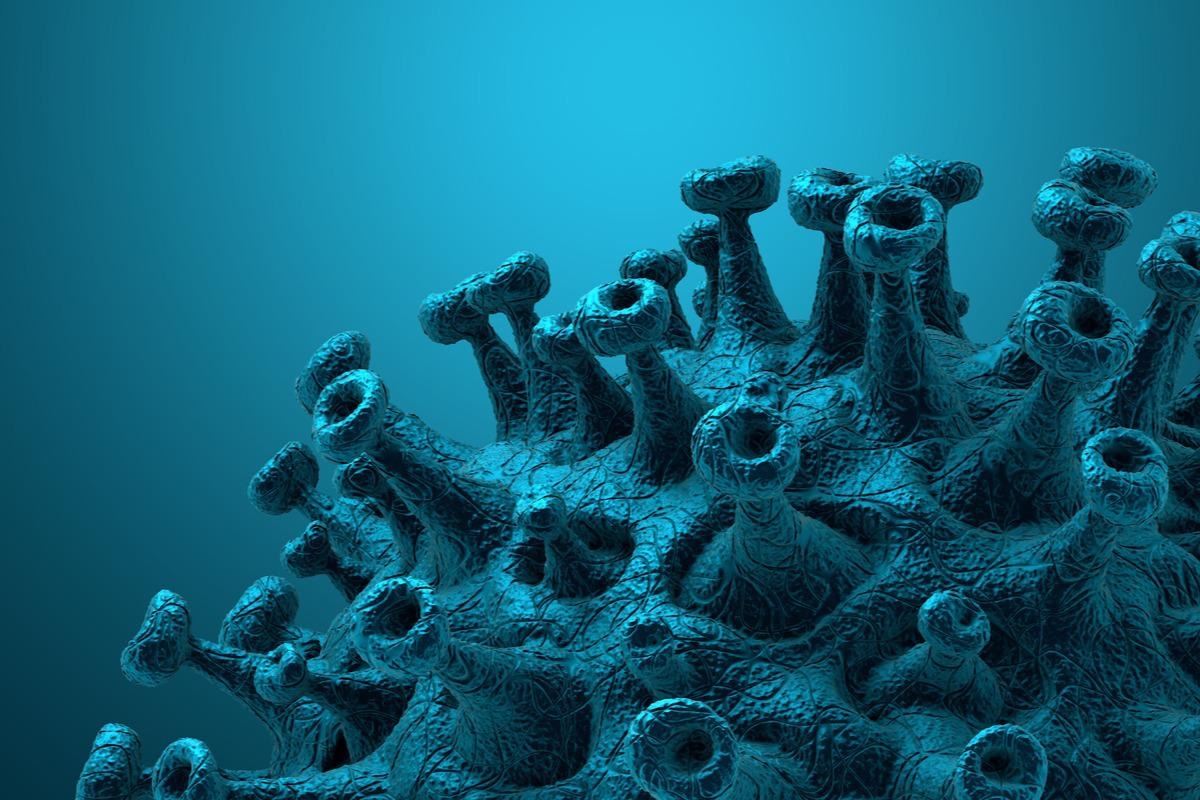Study investigates targeted phenotyping of host proteins aiding drug repurposing in COVID-19

In a recent study posted to the bioRxiv* preprint server, researchers conducted selective phenotyping of coronavirus disease 2019 (COVID-19)-relevant host proteins to facilitate target identification for drug repurposing.

Background
Emerging pathogens continue to pose socioeconomic and health concerns worldwide, highlighting the need for novel methodologies for extensively discovering drug candidates and therapeutic targets. The ongoing severe acute respiratory syndrome coronavirus 2 (SARS-CoV-2) pandemic has led to the death of over 6 million people and has impacted global socioeconomic structures. The quest for antivirals and therapies effective against COVID-19 is still underway.
Recent reports suggest that the translocations of host proteins between organelles could lead to either viral replication or host protection. Information on SARS-CoV-2-induced phenotypic alterations in cellular components and translocations of particular host proteins inside the cell can provide researchers with a better understanding of the host cell’s response to the viral infection. This was because the location of a protein is frequently linked to its function.
Studies from the initial year of the COVID-19 pandemic have documented that hundreds of host cell proteins interact directly with a minimum of one of the 31 SARS-CoV-2 proteins, using protein tagging of bait proteins and affinity capture technologies.
About the study
In the current work, the scientists employed large-scale immunofluorescence to investigate the host cell response to COVID-19 in the quest for a new therapeutic target and better knowledge of the disease. The team also utilized antibodies (Abs) procured from Human Protein Atlas (HPA) to map the alterations in host protein quantities and subcellular localizations during SARS-CoV-2 infections.
In addition, the authors chose 123 existing and authorized small-molecule medicines and targeted them against the altered host proteins discovered in the study to identify molecules with antiviral properties.
Vero E6 cells were employed for the host protein response analysis. The Chlorocebus sabaeus sequence from Ensembl was blasted with validated Abs from the HPA project. Proteins with above 60% similarity with the entire length of the antigen sequences employed in HPA Ab generation were chosen for the study.
Results and discussions
The results illustrated that among the 602 host proteins evaluated, 97 altered in spatial relocalization or quantity, suggesting multifaceted reactions during the host-SARS-CoV-2 interactions. Most proteins increased (n: 45) rather than decreased (n: 10) in abundance in response to SARS-CoV-2 infection, indicating either active cellular defense systems against the virus or virus-directed assistance for its replication machinery. A network map of virus and host cell interactions was generated by combining data of the 97 proteins and existing literature employing Cytoscape. Among the 42 proteins exhibiting spatial reorganization during COVID-19, 22 demonstrated elevated abundance and localization, and the remaining displayed changes in localization.
Subsequently, host responses were considered as potentially druggable phenotypes and 21 host proteins were matched with 123 existing drugs in the SPECS repurposing library. This process yielded crizotinib, rimcazole, and elesclomol as drug repurposing prospects for SARS-CoV-2. Crizotinib targeted AXL (cell surface receptor for tyrosine kinase)/ mesenchymal-epithelial transition (MET), elesclomol targeted heat shock protein family A (Hsp70) Member 1A (HSPA1A), and rimcazole targeted sigma non-opioid intracellular receptor 1 (SIGMAR1)/ solute carrier family 12 member 4 (SLC12A4).
An additional 10 hit compounds demonstrated a 39% to 65% decrease in SARS-CoV-2 infection. Among these, only SMI-4a, epalrestat, crizotinib, and ranirestat displayed a 59% to 65% reduction in cell viability of the virus, reflecting the importance of dose-response studies in determining therapeutic windows of medications. Crucially, employing HPA Abs to screen the majority of the relevant proteome led to broader target-focused systematic screening efforts to find novel host-virus biology.
Conclusions
The study findings depicted that, of the 602 host proteins tested in this host response analysis, changes in quantity and subcellular localization were identified for 97 proteins, with 45 exhibiting elevated abundance whereas 10 displaying decreased abundance. Alterations in localization were seen following SARS-CoV-2 infection in 20 proteins and another 22 proteins had varied localization and abundance, all of which contributed to the distinct reshuffling of the cell protein landscape in the host. Three out of the 123 existing and authorized small-molecule drugs, namely crizotinib, rimcazole, and elesclomol, significantly lowered antiviral activity when targeted against the host response proteins established in the study.
Overall, the current research presents a systematic, novel, and targeted strategy for identifying new medication repurposing targets based on host protein characterization. This study's dataset of approximately 75,000 immunofluorescence images has been published on the Figshare data portal as a potential information source for future investigations. Additionally, the present data-driven method differs from traditional hypothesis-driven drug development, which frequently selects only one particular target for drug screening.
*Important notice
bioRxiv publishes preliminary scientific reports that are not peer-reviewed and, therefore, should not be regarded as conclusive, guide clinical practice/health-related behavior, or treated as established information.
- Jayasankar Mohanakrishnan Kaimal, et al. (2022). Subcellular mapping of the protein landscape of SARS-CoV-2 infected cells for target-centric drug repurposing. bioRxiv. doi: https://doi.org/10.1101/2022.03.29.482838 https://www.biorxiv.org/content/10.1101/2022.03.29.482838v1
Posted in: Medical Science News | Disease/Infection News | Healthcare News
Tags: Antibodies, Antigen, Cell, Coronavirus, Coronavirus Disease COVID-19, covid-19, Drug Repurposing, Drugs, heat, Intracellular, Kinase, Molecule, Pandemic, Protein, Proteome, Receptor, Research, Respiratory, SARS, SARS-CoV-2, Severe Acute Respiratory, Severe Acute Respiratory Syndrome, Syndrome, Tyrosine, Virus

Written by
Shanet Susan Alex
Shanet Susan Alex, a medical writer, based in Kerala, India, is a Doctor of Pharmacy graduate from Kerala University of Health Sciences. Her academic background is in clinical pharmacy and research, and she is passionate about medical writing. Shanet has published papers in the International Journal of Medical Science and Current Research (IJMSCR), the International Journal of Pharmacy (IJP), and the International Journal of Medical Science and Applied Research (IJMSAR). Apart from work, she enjoys listening to music and watching movies.
Source: Read Full Article